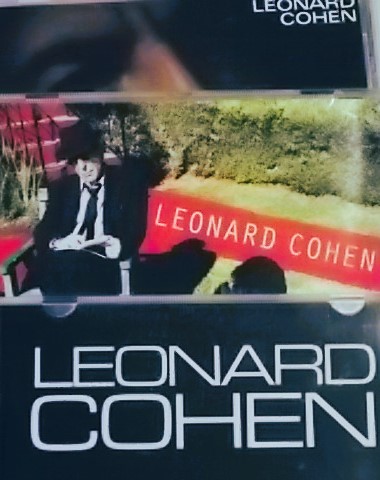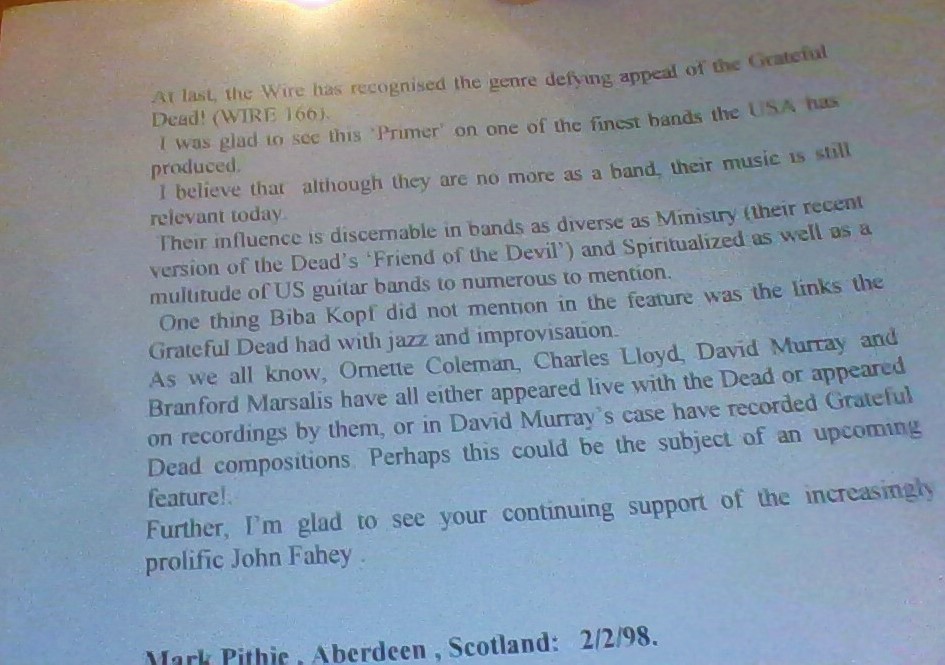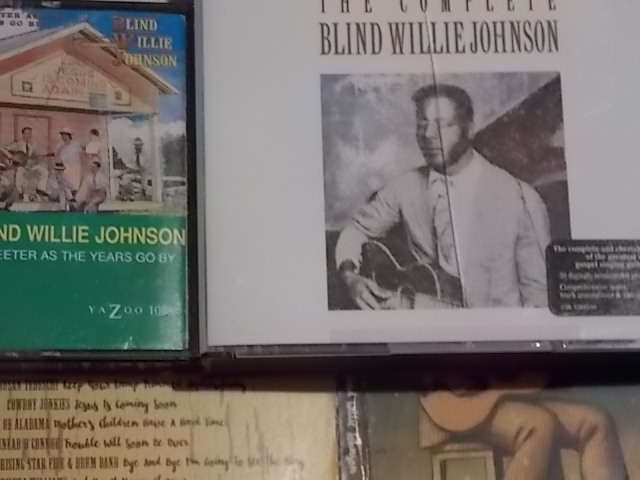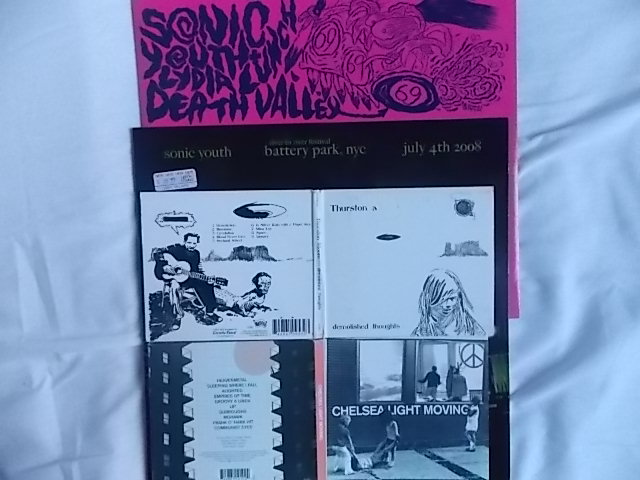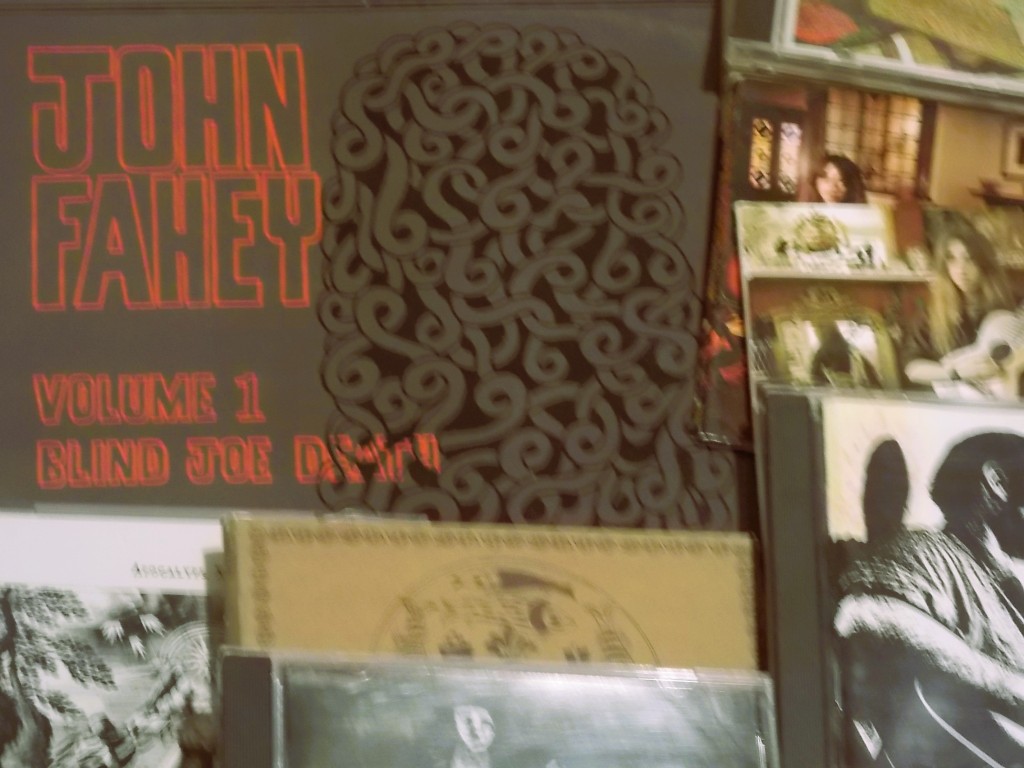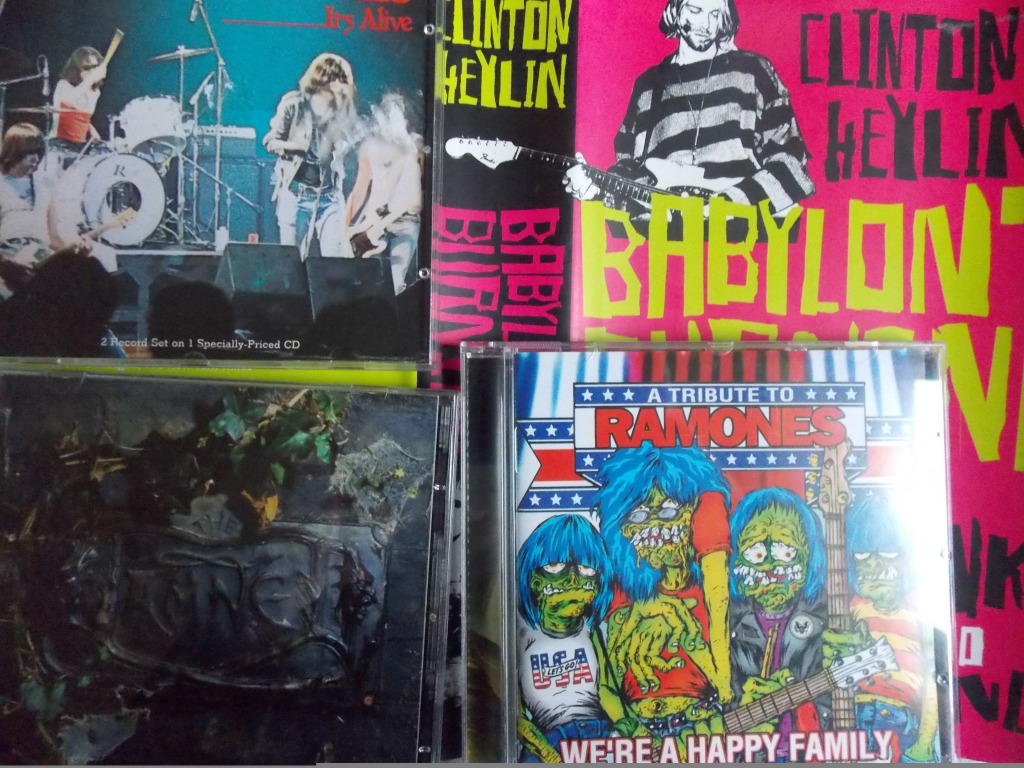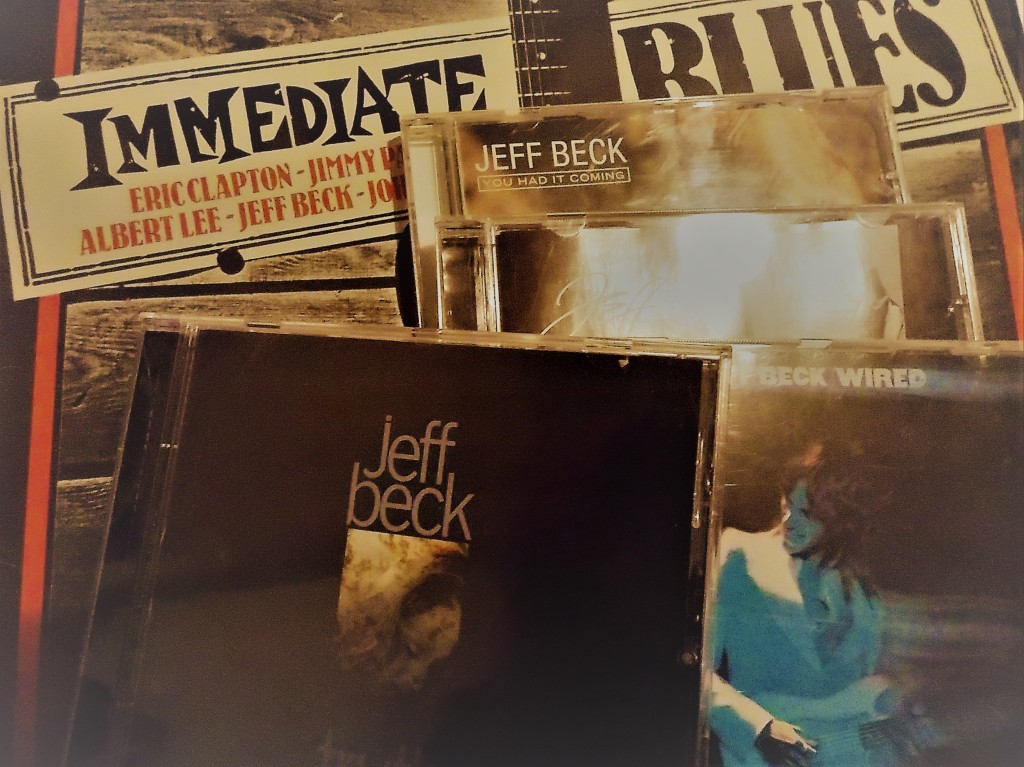‘Hallelujah’ from ‘Various Positions'(1984): A work colleague of the time, who had good informed opinions on music of all kinds, once told me that he liked Leonard Cohen’s music , because if you felt down and depressed, you could listen to Cohen, and his music/voice would you make you feel more upbeat, as he sounded worse off than you felt . I was never sure of this one myself, but the comment did cause me to investigate Cohen’s work for myself and make my own opinions. My take on Leonard Cohen , on or around 1984 , was that he was a poet and singer/songwriter, not unlike Bob Dylan, an acoustic guitar playing folk singer. My first album of his that I purchased was ‘Various Positions’ in 1984. As ever , I saw the review in the music papers of the time. ‘Sounds’ had a good review, written by ‘Tibet’, who I later discovered was David Tibet, the singer of avant folk band Current 93. Edwin Pouncey and Sandy Robertson were my usual go-to guys on the review front, but Tibet had reviewed Cohen, and King Crimson’s recent release ‘Three of a Perfect Pair’, so he was added to my list of ‘go to’ music reviewers. I bought the album, and was drawn in by the song ‘Hallelujah’, with its biblical lyrics. ‘Hallelujah’ has , of course gone on to be covered by many singers since then, as well as being rendered by street buskers in our inner cities . For me John Cale’s version of ‘Hallelujah’ stands head and shoulders above the them all, and can be found on his live album ‘Fragments Of A Rainy Season'(1992), Jeff Buckley’s version comes close though, but Cohen’s was first and best, in my opinion. ‘The Captain’, is a great song, because of its country-ish feel, and tongue in cheek lyrics, maybe Johnny Cash would have done that one well, and there is also ‘Coming Back to You’, a lovely ballad, which Jennifer Warnes covered on her ‘Famous Blue Raincoat’ album in 1987.
‘Tower of Song’ from ‘I’m Your Man (1988): When I first played ‘I’m Your Man’, I was initially repelled by the synthesisers and drum machines, the modernisation of the Cohen sound. In fairness, in the ’80s, a lot of songwriters ‘updated’ their sound , Dylan on ‘Empire Burlesque'(1985) , and Neil Young on his synth ‘Trans'(1982), but a few listens into ‘I’m Your Man’, I was relishing the lyrics , the wry humour and poetry of them. ‘Tower of Song’ makes me smile, even now, when Cohen drawls that he was ‘ born with the gift of a golden voice’. ‘I’m Your Man’ was effectively classic Cohen given an ’80s makeover, as we said in those days.
‘Banjo’ from ‘Old Ideas’ (2012): I was part of the team for a show in local community radio, in 2012, and we were interviewing local poet John Mackie, whose recent publication was due to be launched at an event in Aberdeenshire. As part of the radio show, our guests would provide us with a playlist of songs they wanted played, and two of John’s choices stuck in my mind, Cohen’s ‘Banjo’ , which really reminded me of late period Bob Dylan (His late ’90s’Time out of Mind’, comes to mind , and also Mark Knopfler’s later work), and Sam Lee, a young folk singer , whose song ‘On Yonder Hill’, embraced the genres of jazz and folk, and Mackie compared to ‘the Watersons backed by Miles Davis’ . I was so taken with both these songs, that I ordered them online later in the day. Great stuff!
So that’s three musings /ramblings on Leonard Cohen songs, maybe I will pursue something similar with other songwriters.
Playlist: ‘Old Ideas’, ‘I’m Your Man’ , ‘Various Positions’– Leonard Cohen.
‘I’m Your Fan‘-(1991) Various Artists including R.E.M, Ian McCulloch, Nick Cave and the Bad Seeds, The Pixies, and many more.
